#subalpine
Text
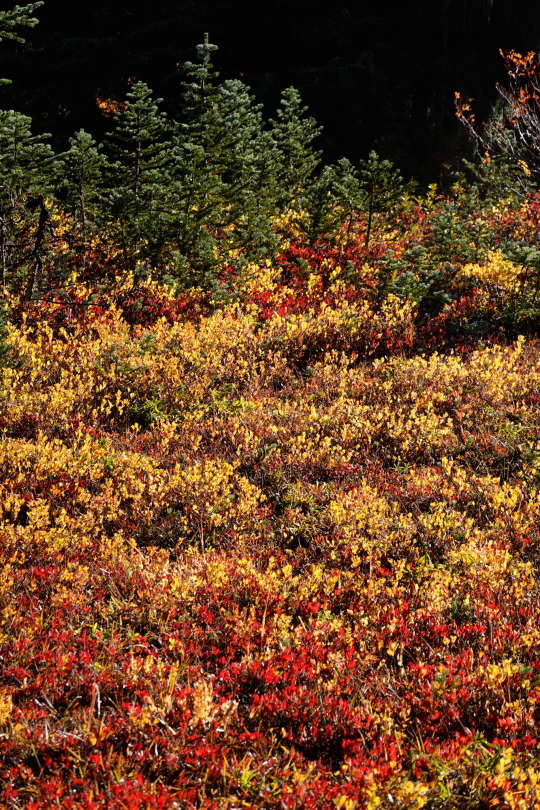
The subalpine meadows of Mount Rainier are gleaming with red, orange, and yellow fall foliage! Higher elevation areas have already seen some snow and mornings can be quite frosty, but if you bundle up and are prepared for the conditions, it is a great time to get out.


There are a variety of subalpine plants with fall colors, including deep red huckleberry bushes (above, left) and bright yellow wild rhododendron shrubs (above, right).
Where are you finding fall color in the park?

NPS Photos of fall color along the Bench & Snow Lake Trail, 9/30/23. ~kl
#mount rainier national park#fall#fall foliage#fall color#autumn#wild rhododendron#huckleberry#subalpine#subalpine meadow#Bench & Snow Lake Trail
45 notes
·
View notes
Text
Spring in the subalpine meadows of Washington state 🌷🌺🌸🌻🪻!.
#Spring#Washington state#meadows#subalpine#Flowers#downfall#downfalldestiny#life#magical realism#magical moments#beautiful women#beautiful#beauty#mountain#white mountains#Sky
65 notes
·
View notes
Photo


Cirsium borealinipponense
114 notes
·
View notes
Text
A beautiful flower filled meadow near North Bend, British Columbia, Canada

2 notes
·
View notes
Photo

Monte Civetta and Val di Zoldo – 2015 Michael 2015 – wikimedia commons
#civetta#dolomites#val di zoldo#italy#veneto#subalpine#forest#pine trees#larch trees#blue#green#orange#landscape#valley
7 notes
·
View notes
Text
A beautiful flower filled meadow near North Bend, British Columbia, Canada
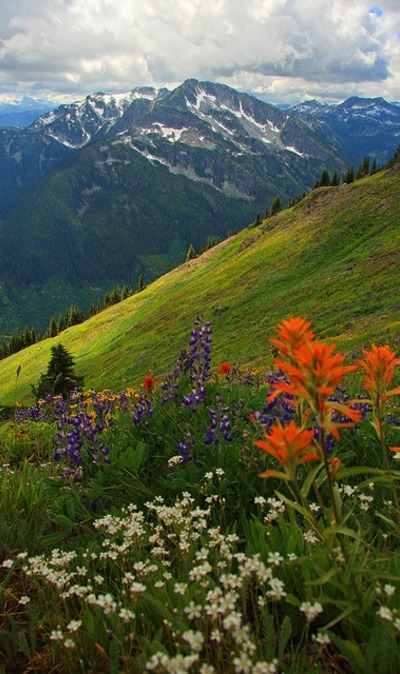
0 notes
Text
A beautiful flower filled meadow near North Bend, British Columbia, Canada

0 notes
Text
A beautiful flower filled meadow near North Bend, British Columbia, Canada

1 note
·
View note
Text
A beautiful flower filled meadow near North Bend, British Columbia, Canada
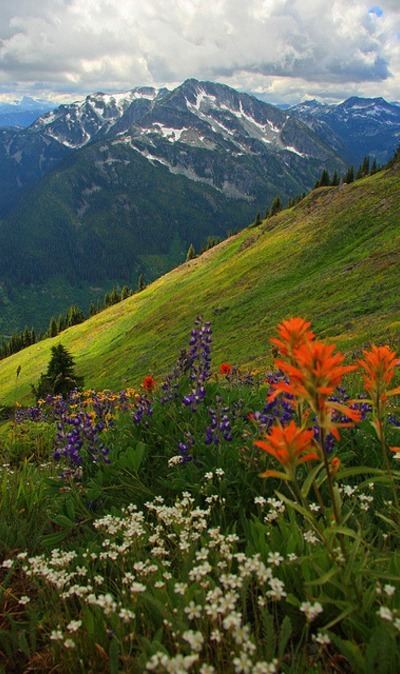
0 notes
Text



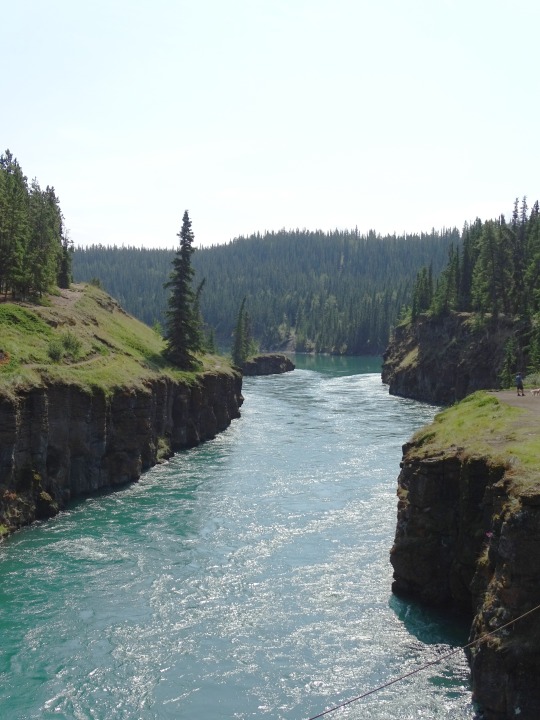
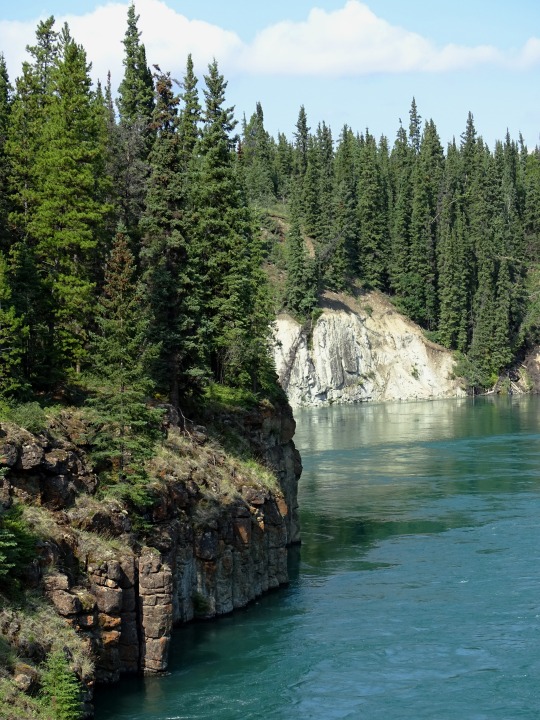
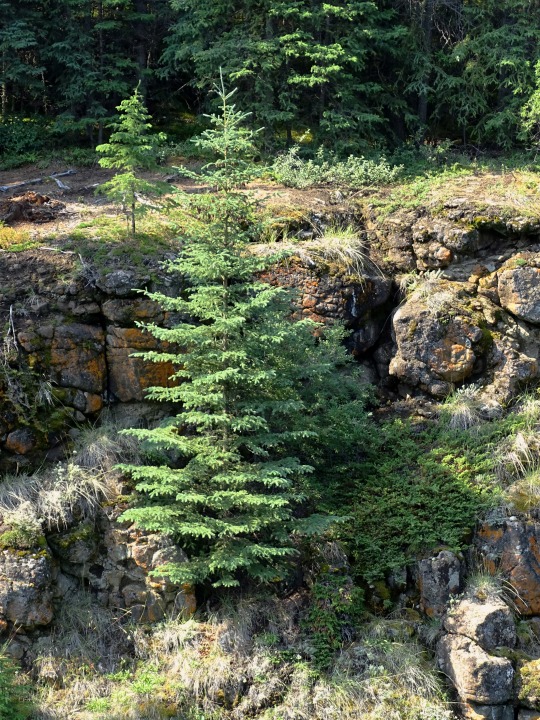



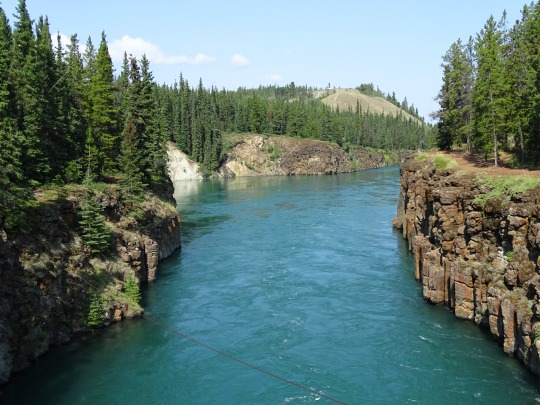
Miles Canyon, YT (No. 3)
The Miles Canyon Basalts represent a package of rocks that include various exposures of basaltic lava flows and cones that erupted and flowed across an ancient pre-glacial landscape in south-central Yukon.
The volcanic rocks are best exposed and most easily accessible at the Miles Canyon location where the Yukon River cuts through a succession of flows south of Whitehorse. In the spring, good exposures can also be seen immediately downstream from the Yukon River hydro dam in Whitehorse which was built to extract energy from the cataracts that were the White Horse Rapids. These rapids and the Miles Canyon provided a significant challenge to gold-seekers heading to the Klondike Gold Rush, and also established the upstream terminus for paddle-wheel river boats. Thus, the Miles Canyon Basalts are the reason for the establishment of the townsite of Closeleigh, eventually the City of Whitehorse.
Source: Wikipedia
#Miles Canyon#Miles Canyon Basalt#geology#volcanic rocks#travel#original photography#vacation#tourist attraction#landmark#landscape#Canada#Yukon#Whitehorse#the North#subalpine fir#river bank#summer 2023#forest#woods#flora#nature#countryside#cityscape#Yukon River#Miles Canyon Suspension Bridge#architecture#engineering
26 notes
·
View notes
Text
Krummholz. If there is one word to describe how whitebark pines deal with living at high elevations, in not so perfect soils, long winters with windy storms, that word would probably be krummholz.

Krummholz describes how trees can be twisted and made crooked by wind and winter weather. Found most often at the highest places that trees can grow, called tree line, krummholz trees are the trees sculpted and pruned, sometimes into amazing shapes. Whitebark pines are very good at krummholz. They can go with the flow of the winds and winter storms found in the high elevations of the subalpine environment. They are most easily viewed at Sunrise, our park’s highest summer road.

Whitebark pines are not tall trees. Without wind sculpting, they tend to be about 16-66 feet tall. They are wonderfully long lived trees ranging from 500 to 1,000 years old. Because they live in areas with not so wonderful soil (kind of rocky), with long winters, lots of snow and wind, whitebark pines are also slow growing trees. But as small and twisted as they may be, whitebark pines have big roles in the subalpine environment. They help stabilize soils, regulate run-off and snowmelt, and provide an important food source to subalpine animals with their seeds.

Currently listed by U.S. Fish and Wildlife Service as a Threatened species, the whitebark pine is under threat from non-native white pine blister rust, native mountain pine beetles, impacts from altered fire regimes, climate change, and combinations of all four of these. Scientists have been working on these problems, especially the blister rust, for a while now. Programs are under way to find a way to save these amazing trees even as their numbers decrease across their range and in the park.
Where is your favorite place to see whitebark pines? Have you hiked trails or gone to scenic viewpoints and found some fantastic krummholz shapes in the pines? ~ams
More information on trees in the conifer family in the national park can be found here https://www.nps.gov/mora/learn/nature/conifer-trees.htm . Research done by the North Coast & Cascades Inventory & Monitoring Network can be found here https://www.nps.gov/im/nccn/monitoring-reports.htm .
These photographs are from years past and do not reflect current conditions. NPS/E. Brouwer Photo. View from Sourdough Ridge trail looking through a gap. Trees cling to rocks and cliffs on both sides of the gap. July, 2014. NPS/S. Redman Photo. Whitebark pine in the Sunrise area. Light, almost white, bark visible on trunk. August, 2011. NPS Photo. Close-up of branch of whitebark pine showing 5 needle bundles.
#encuentra tu parque#find your park#national parks#mount rainier national park#trees#whitebark pine#subalpine#krummholz
38 notes
·
View notes
Text

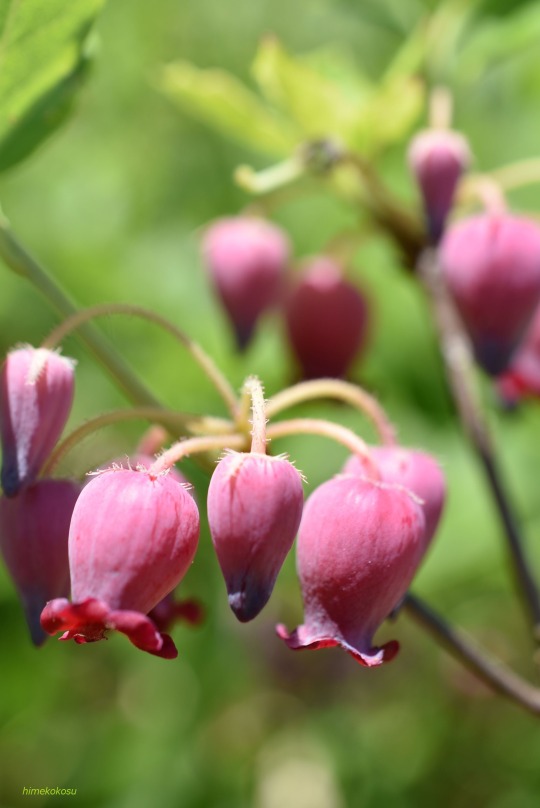
Menziesia multiflora
628 notes
·
View notes
Text





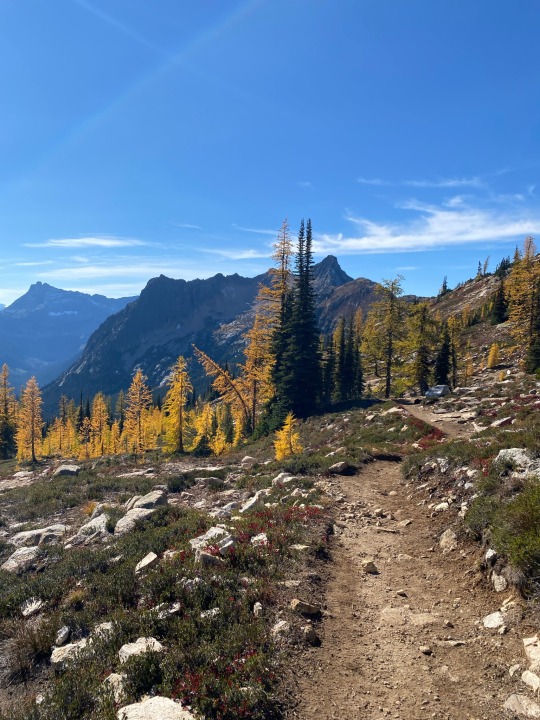


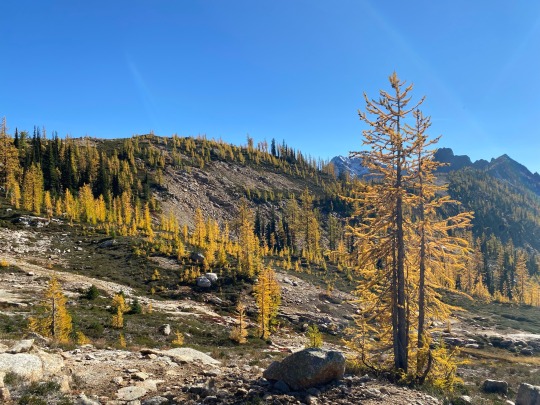
I will never tire of these trees
44 notes
·
View notes
Text

Abies lasiocarpa or subalpine fir
11 notes
·
View notes
Text

went for a little hike today behind the house. the sun was just barely peeking above the ridge so there were a few spots of light in the woods and one of them was on this mossy tree
14 notes
·
View notes
Text
#1910 - Wahlenbergia albomarginata - New Zealand Harebell

More of @purrdence’s sightings from her NZ trip - the next few are all going to be sub-alpine plants from Aoraki Mt Cook (used as The Lonely Mountain in The Hobbit movie).
Native to the eastern side of the South Island, from lowland to subalpine in tussock-grassland, on river terraces and amongst rocks. There’s a few hybrids in cultivation, that do quite well in rock gardens.
9 notes
·
View notes